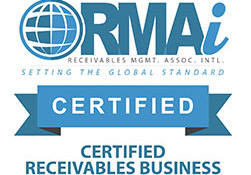
DNF Associates Employees, Vendors, and Neighbors Answer the Call for Donations
Originally published at: https://www.insidearm.com/news/00048452-dnf-associates-emploees-vendors-adn-neigb/ Getzville, NY – DNF Associates LLC, one the leading Asset Management Firms and purchaser of Delinquent Receivables, has answered the urgent





